Best Harajuku Fashion Unveiled The Soul of Freedom
BY BoringMonday
March 18, 2025
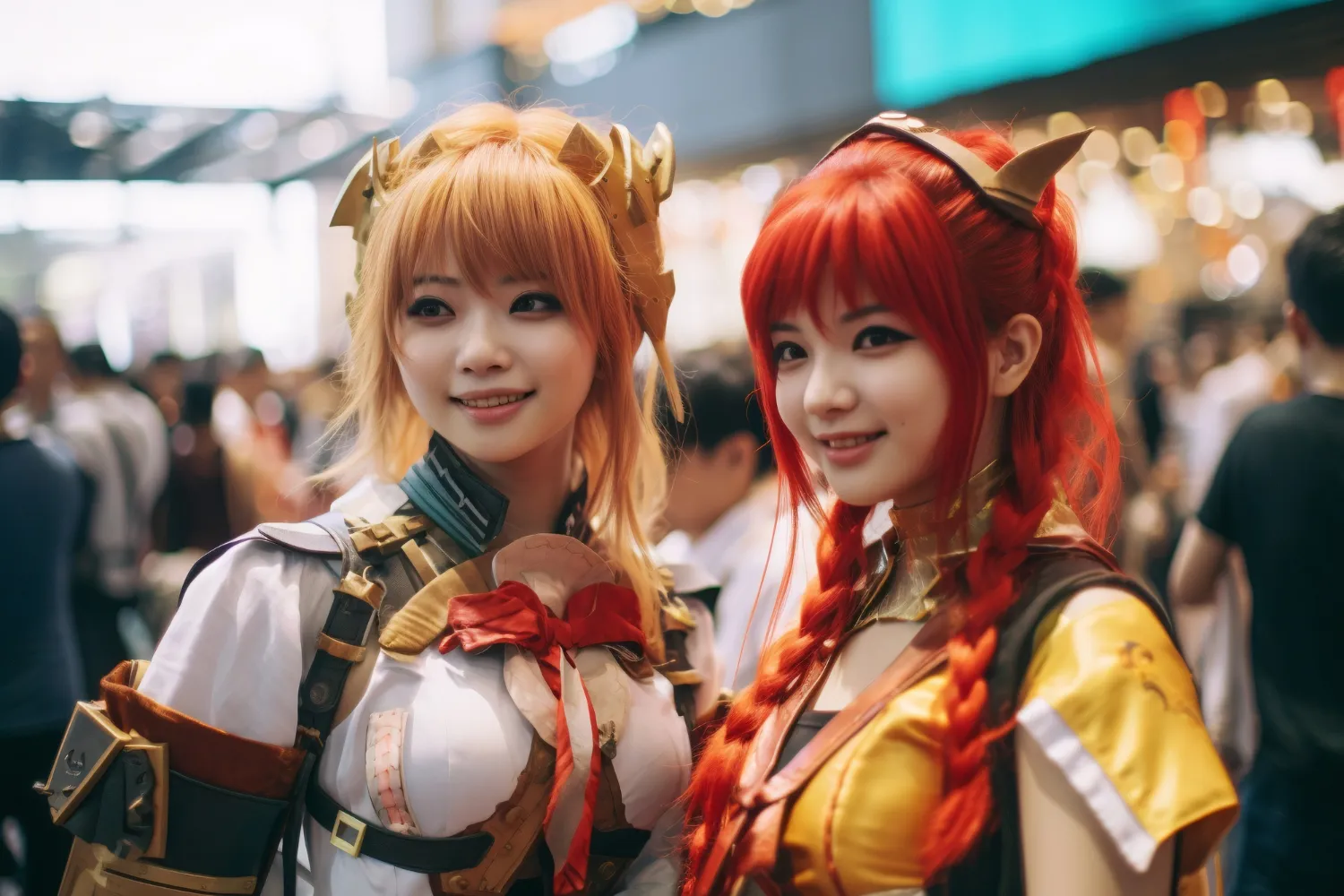
Harajuku was never intended to be a fashion centre with all its uniqueness. The Harajuku area is located between Shibuya and Shinjuku, Tokyo. Initially, there was no specific name for the area, as visits around Harajuku Station were naturally linked to various popular spots such as Yoyogi Park, Omotesando and numerous luxury brand shopping malls.
Over time, however, Harajuku has become a meeting place for young people who embrace the freedom of self-expression. Unique, bold and experimental styles became the perfect choice to showcase around Harajuku Station, especially on Takeshita Street.
Harajuku fashion was born from a fusion of Japanese culture, anime and Western influences, creating daring and distinctive fashion trends. Such captivating trends have naturally become a magnet for designers, photographers and fashion enthusiasts from all over the world.
Harajuku’s Unbreakable Fashion
At its core, Harajuku is more than just an expression of "kawaii" or cuteness. Each category of Japanese street fashion in Harajuku thrives on freedom and bold self-expression, blending unique elements into a striking visual statement. A fusion of vibrant colours, layered ensembles and clashing accessories transforms into a fashion phenomenon, where chaos finds harmony, creating a distinctive identity in the art of style.
Best Categories to Express the Freedom of Harajuku
Being free doesn't mean it doesn't have its own boundaries and characteristics. Harajuku Tokyo street fashion is shrouded in several categories of dress that are customised for its devotees. Here are some of the best categories in Harajuku fashion
1. Decora Kei or Fairy Kei
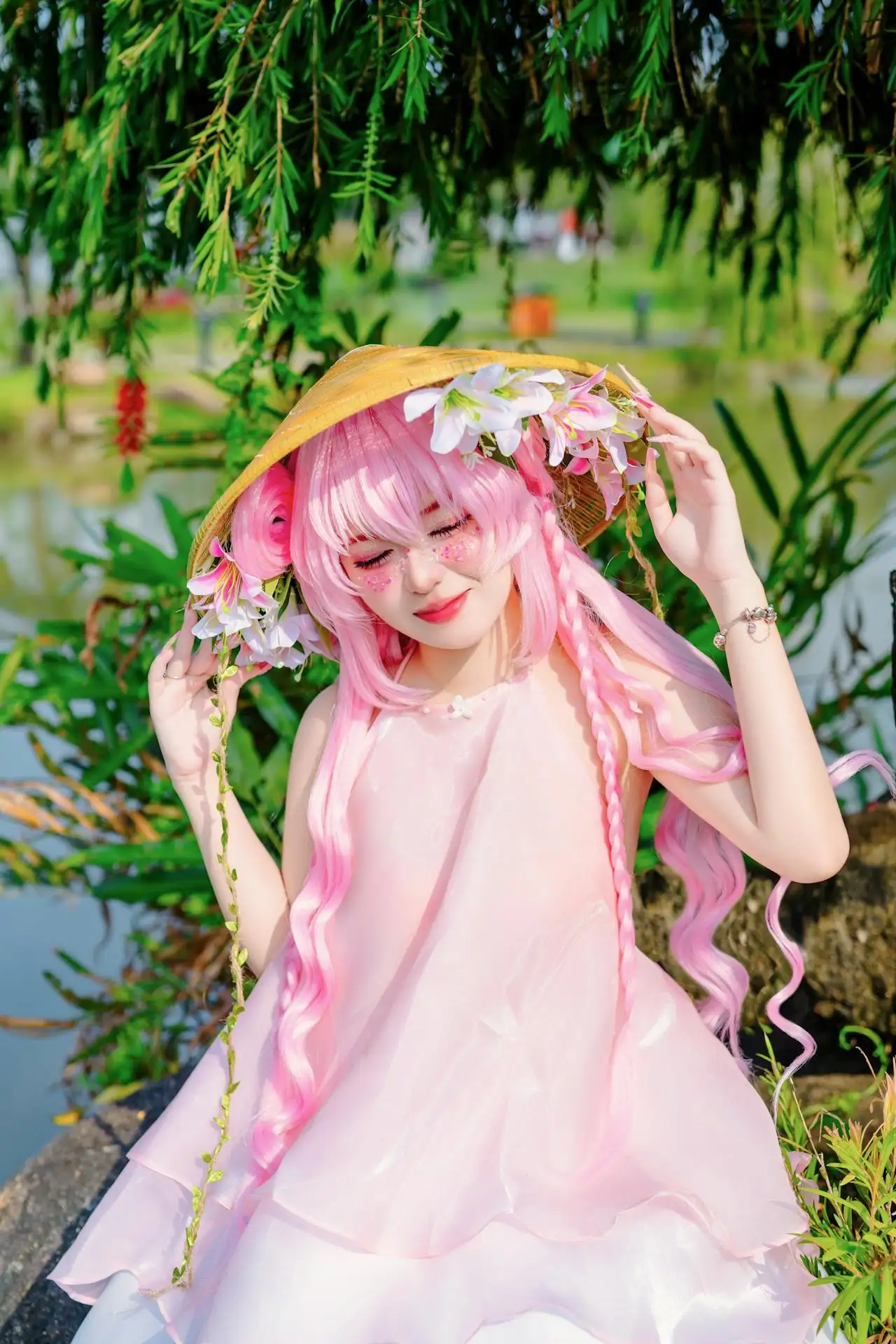
The Fairy Kei (a subset of Decora Kei) look, with a predominance of pastel pink colours, was perfectly matched with soft make-up and accessories of flowers and straw hats.
Playfulness was the highlight of the Decora Kei look for Harajuku Fashion. The wild accessories and colourful clothes, socks and wigs gave the look a unique twist. Although it may sound over the top, Decora Kei remains kawaii with everything that makes her different.
Later, when Decora Kei became less common, Fairy-kei as a subset of Decora Kei was a new category with soft pastel colours in its fashion.
2. Lolita
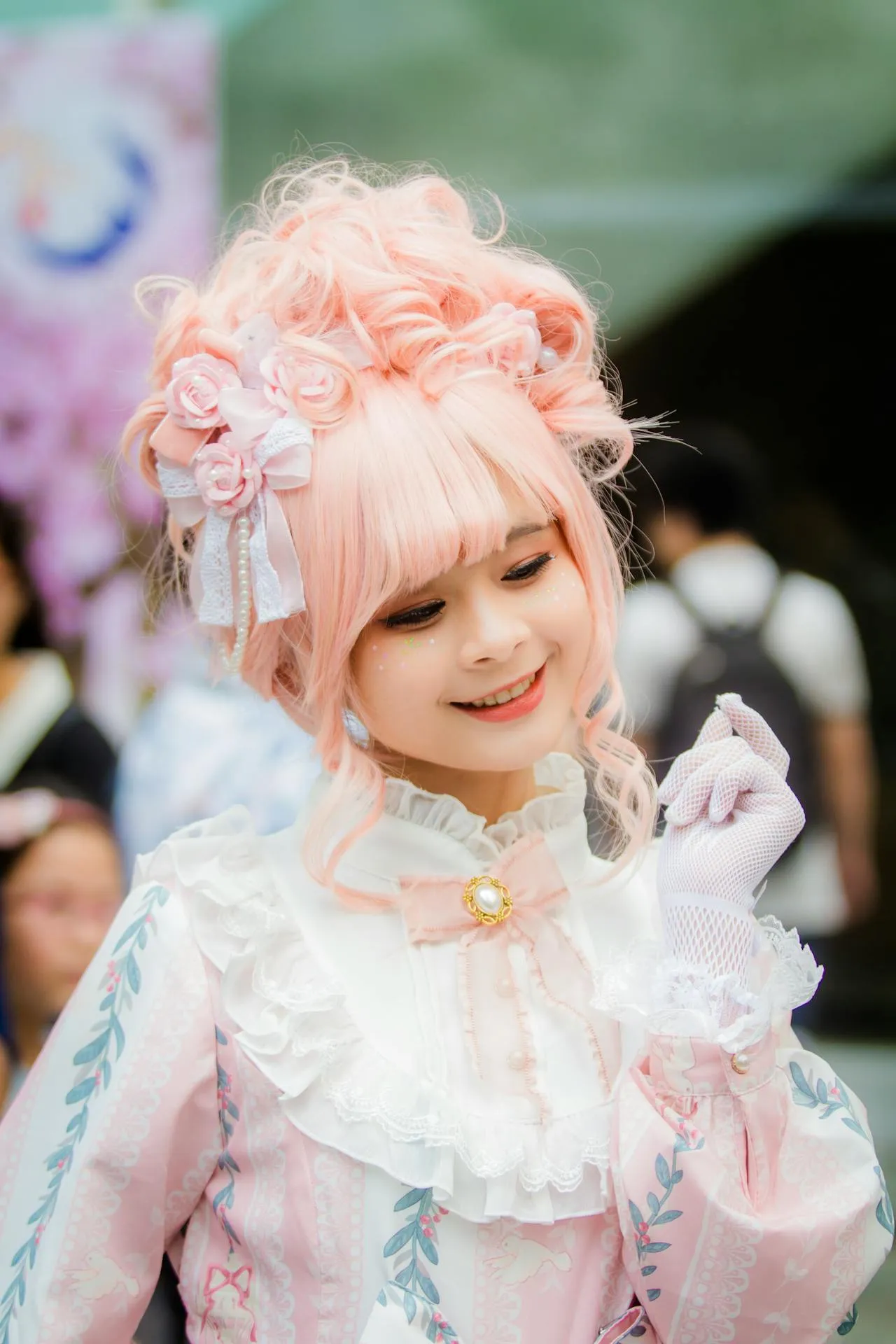
A charming look with a distinctly feminine identity is wrapped in soft pink fabric adorned with lace and a delicate bow on the chest. Complemented by hair in matching tones, the ensemble exudes both beauty and opulence.
Lolita fashion was born as a rebellion against Japan’s societal norms, which were perceived as rigid and masculine. This defiant stance eventually evolved into an art form and a signature of Harajuku Fashion.
The Lolita category embodies an elegant and feminine aesthetic. Inspired by Victorian and Rococo fashion, Lolita's signature look resembles a porcelain doll—adorned with intricate lace, voluminous skirts, and a whimsical charm that captivates.
3. Gothic
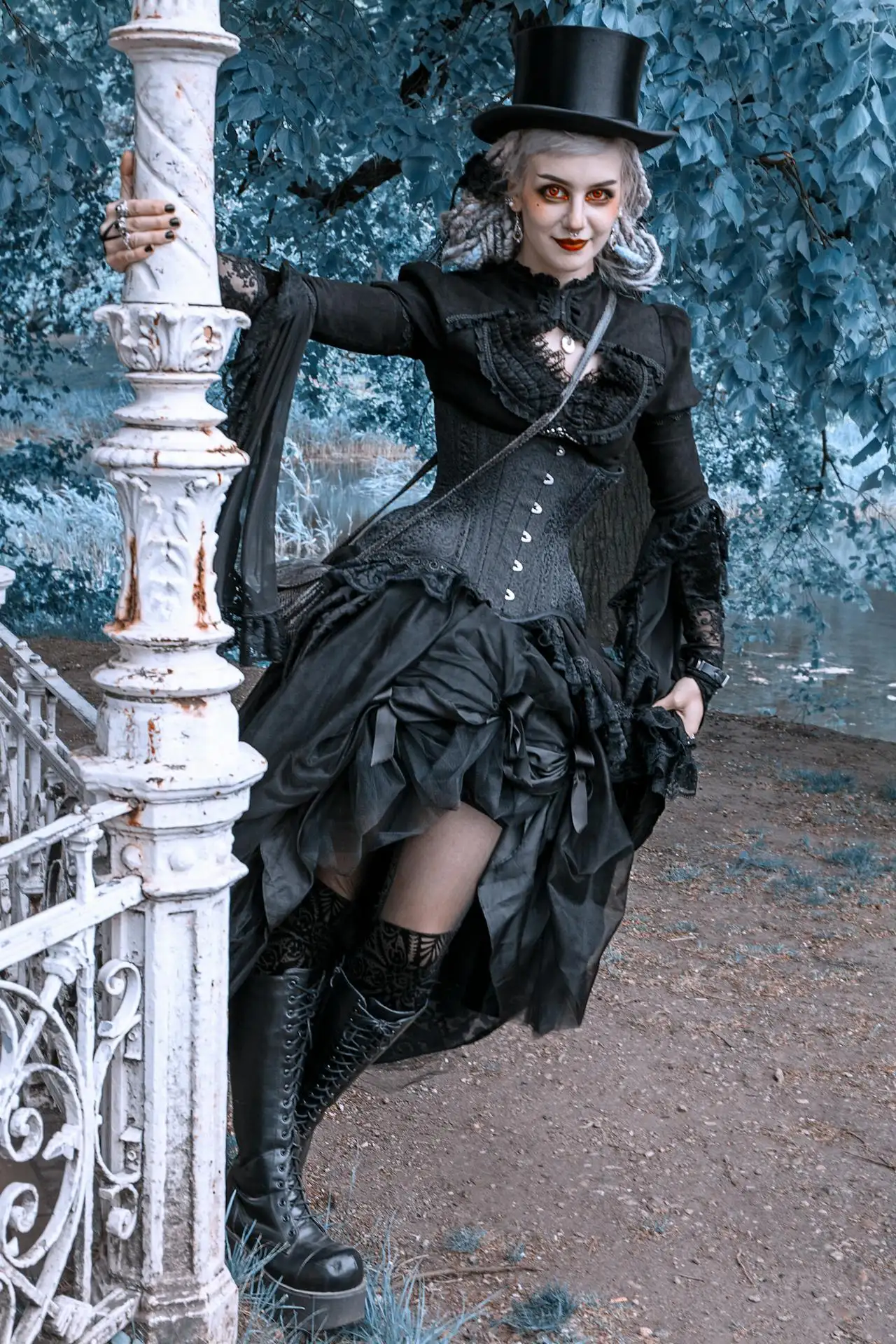
An all-black outfit with a tight corset and high boots makes this style part of Harajuku Gothic. The use of lace gloves, top hats, dark make-up in combination with other accessories fully supports the gothic look with an elegant and dramatic feel.
As well as being synonymous with a variety of colours and textures, Harajuku fashion has maintained its gothic look to this day. Wearing all dark clothes in Harajuku may seem at odds with other styles. However, gothic fashion defines assertiveness, strength and courage in a different dimension of colour.
4. Kokusei Gyaru or Kogal

The modern application of kogal style involves Japanese schoolgirl uniforms with short skirts, loafers, cute makeup and a modern touch of LED headphones and scarves.
Kogal street style itself refers to the opportunity for expression from the inspiration of Japanese school uniforms wrapped in cute and striking makeup plus other supporting accessories, such as boots.
Kogal style is synonymous with Harajuku Fashion, which is loved by young people with all their art of freedom of expression. This includes modifying school clothes to be more playful and bold.
5. Harajuku Punk
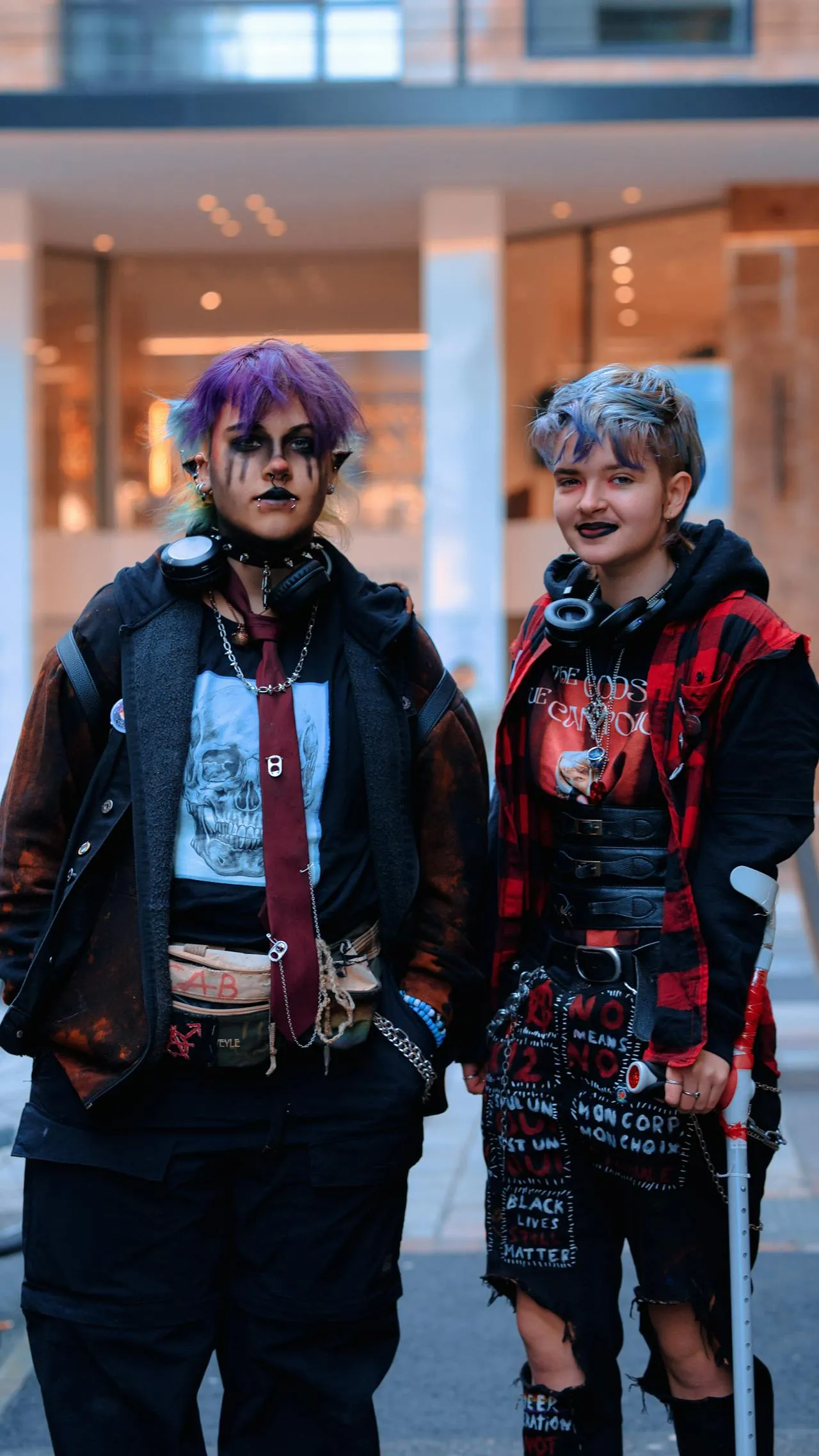
When you enter the Takeshita Street area, Harajuku Punk is one of the favourites. The fashion accessories shown above, such as chains, torn pants, dark colours and irregular hairstyles, give a distinctive touch to the punk concept. Harajuku punk is also closely associated with leather clothing, such as leather jackets and boots.
Tension and resistance seem to dominate the aura of the punk look in this Harajuku street style. It takes courage and self-confidence to show every exciting touch in Harajuku punk.
6. Cosplay
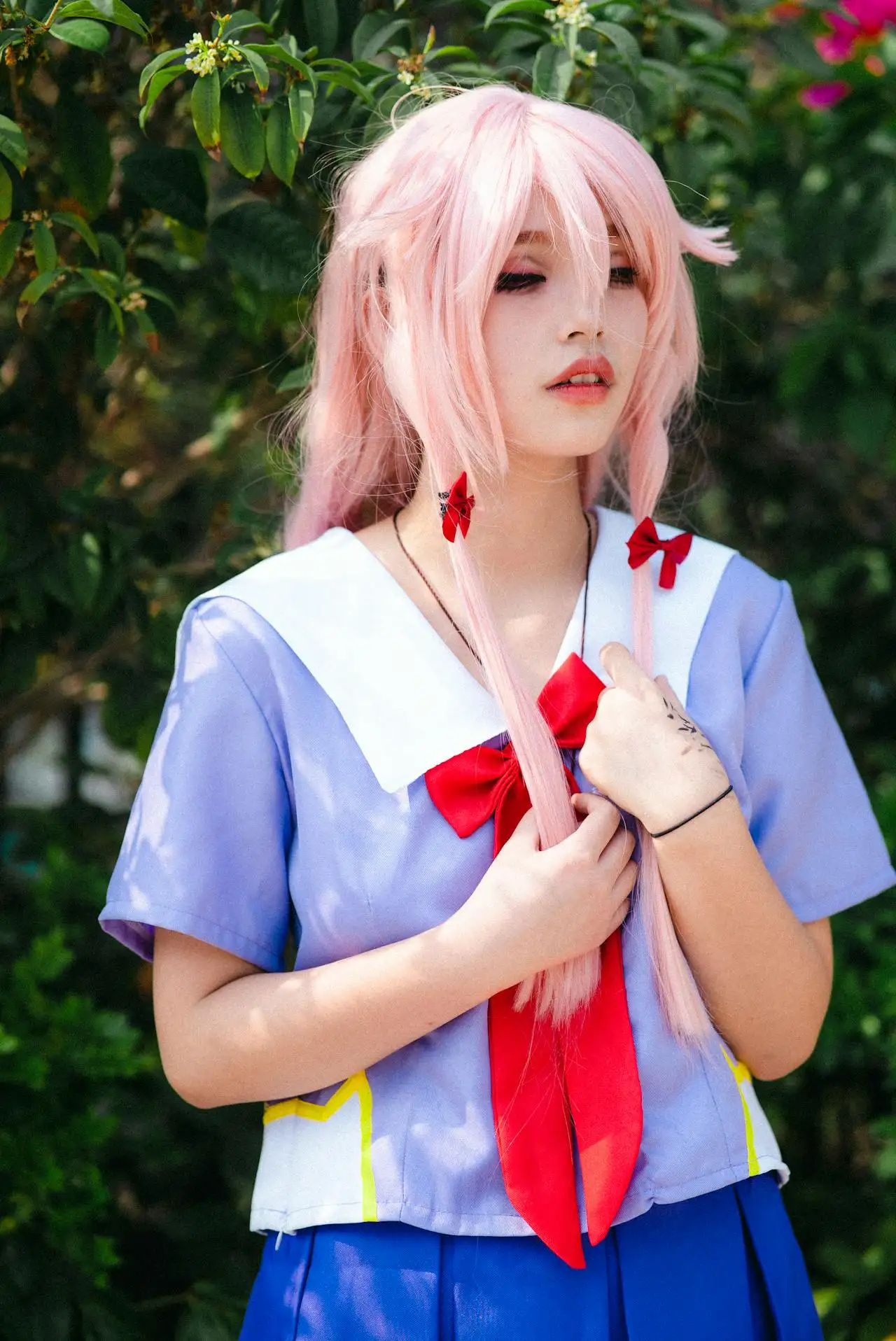
Transforming into a character from Mirai Nikki (Future Diary), the renowned Japanese anime illustrated by Sakae Esuno, is a seamless blend of style and identity. A matching hair ribbon, coordinated outfit, and soft makeup enhance the resemblance, bringing the character to life.
In Harajuku, no look is ever out of place. The streets are designed to celebrate freedom and individuality, whether you're dressed as your favorite anime character or gracefully strolling in a kimono amidst the bustling crowds. It’s a spectacle unlike any other—the ultimate cosplay phenomenon, where self-expression knows no boundaries.
You’ve discovered the best fashion moments from the streets of Harajuku. Boldness and individuality define its essence, captivating both fashion enthusiasts and creators worldwide.
The diversity of Japanese culture is beautifully reflected in the many categories of Harajuku fashion. Here, the art of freedom thrives, nurtured by boundless imagination, woven into vibrant fabrics, and even expressed through ripped tees worn unapologetically. In Harajuku, style knows no rules, only limitless creativity. Are you ready to try it out?
Topics :
Style Meets Substance
Find pieces that move with you. Every article has a story — now wear one that speaks yours.

Recommendation Lifestyles
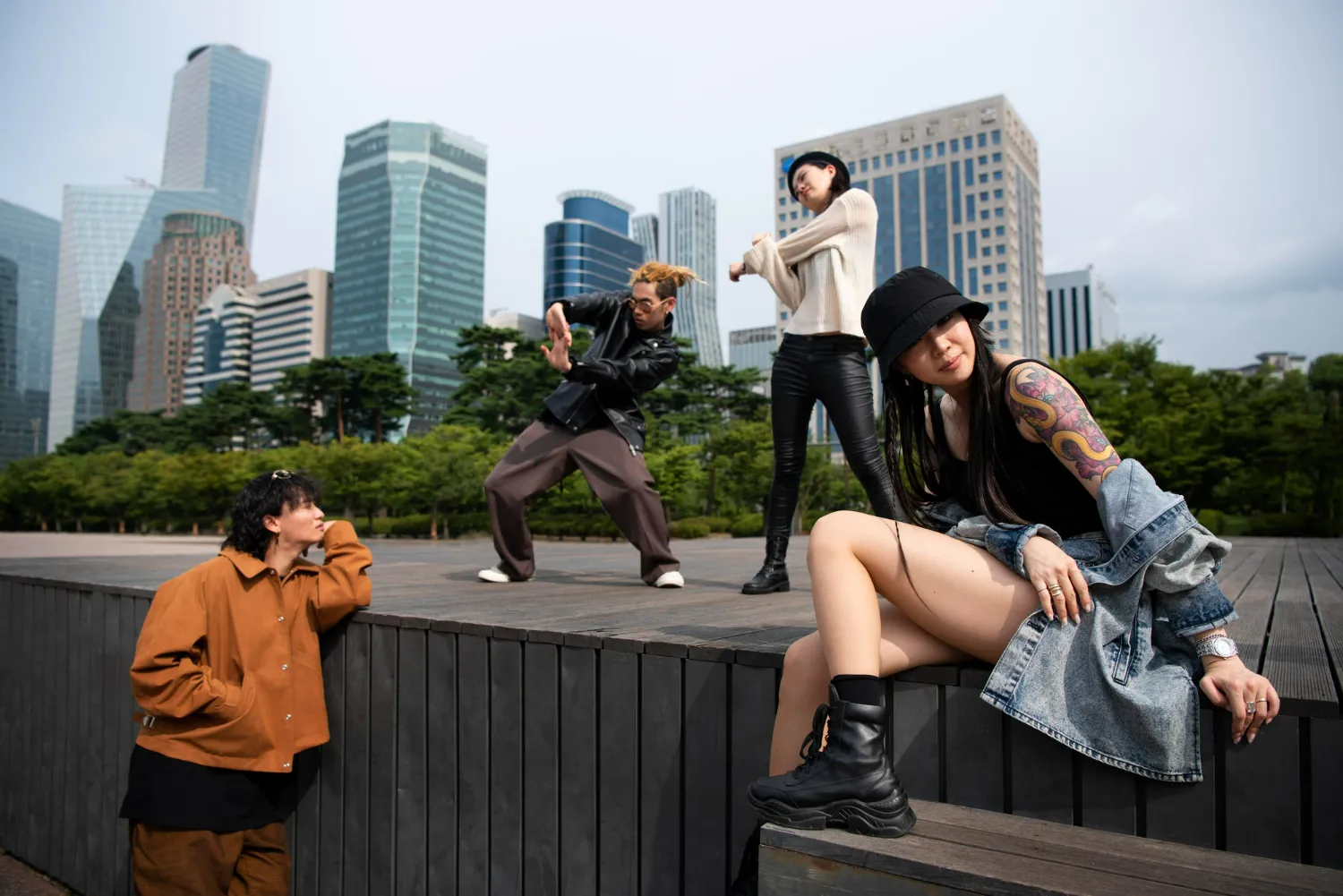
Lifestyles
Kalcer Style: The Bold Identity of Indonesian Streetwear
April 11, 2025
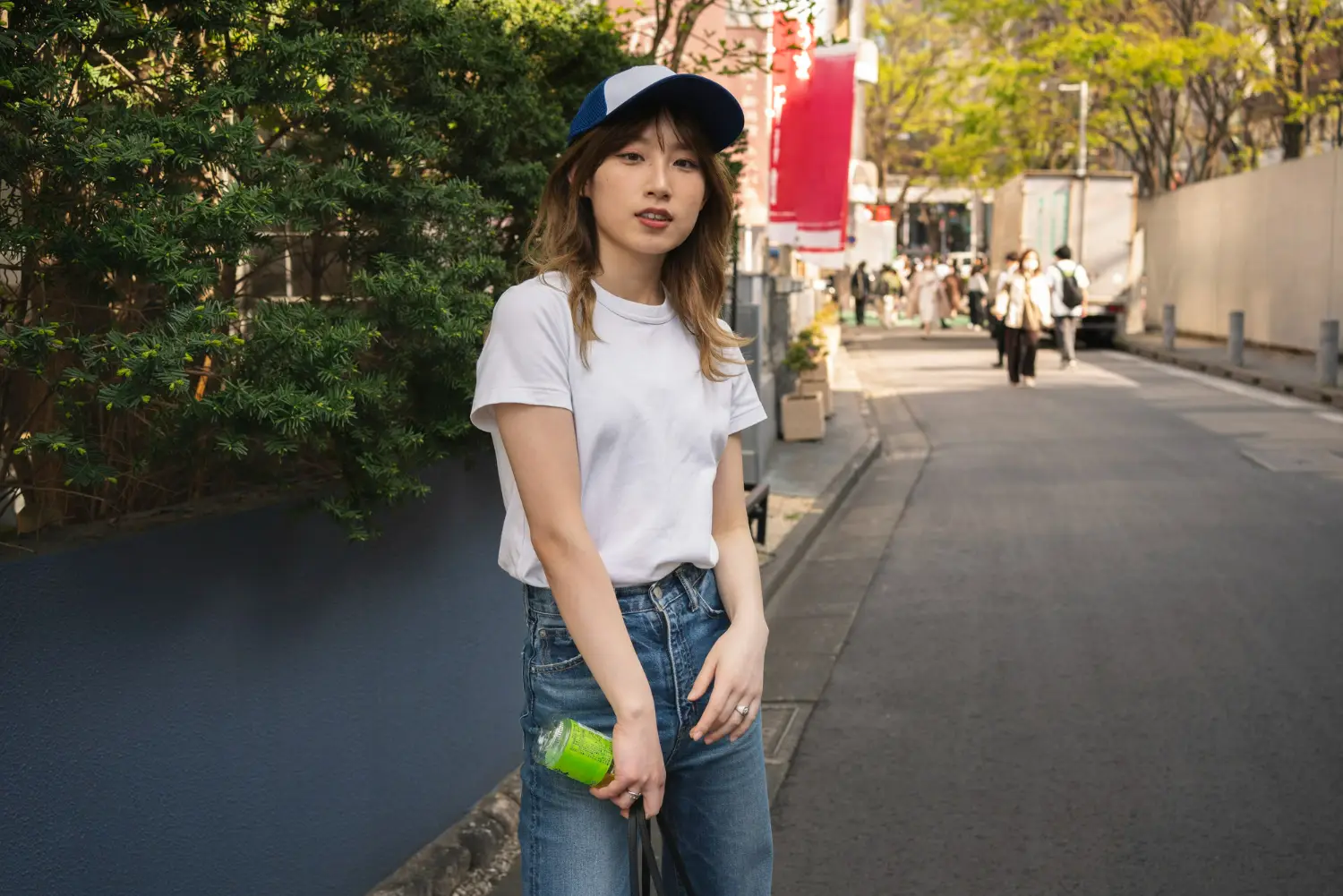
Lifestyles
Stage to Sidewalk: How K-Pop Streetwear Took Over Fashion
July 23, 2025
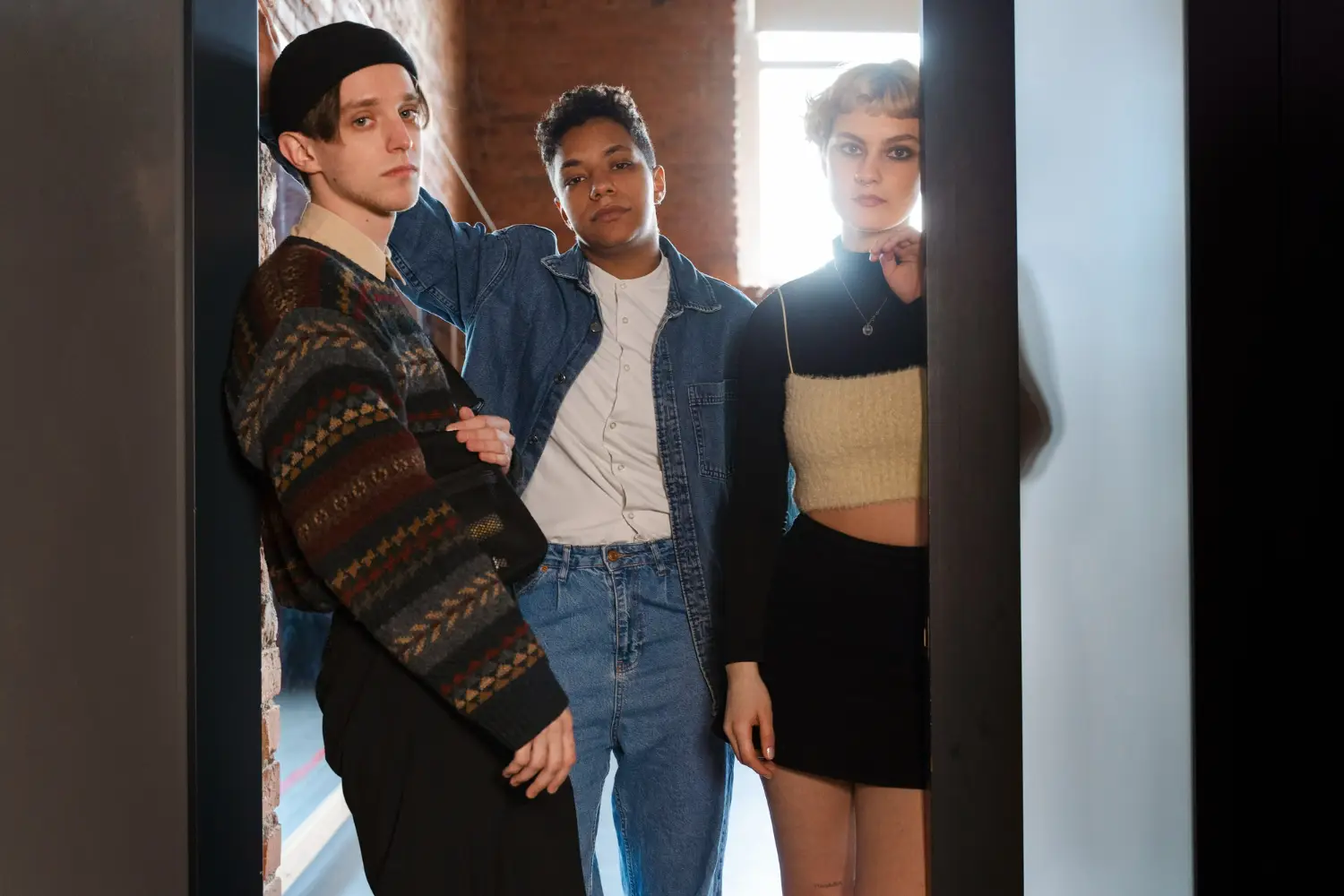
Lifestyles
Rewriting Streetwear: The Rise of Sustainable Fashion in 2025
July 15, 2025
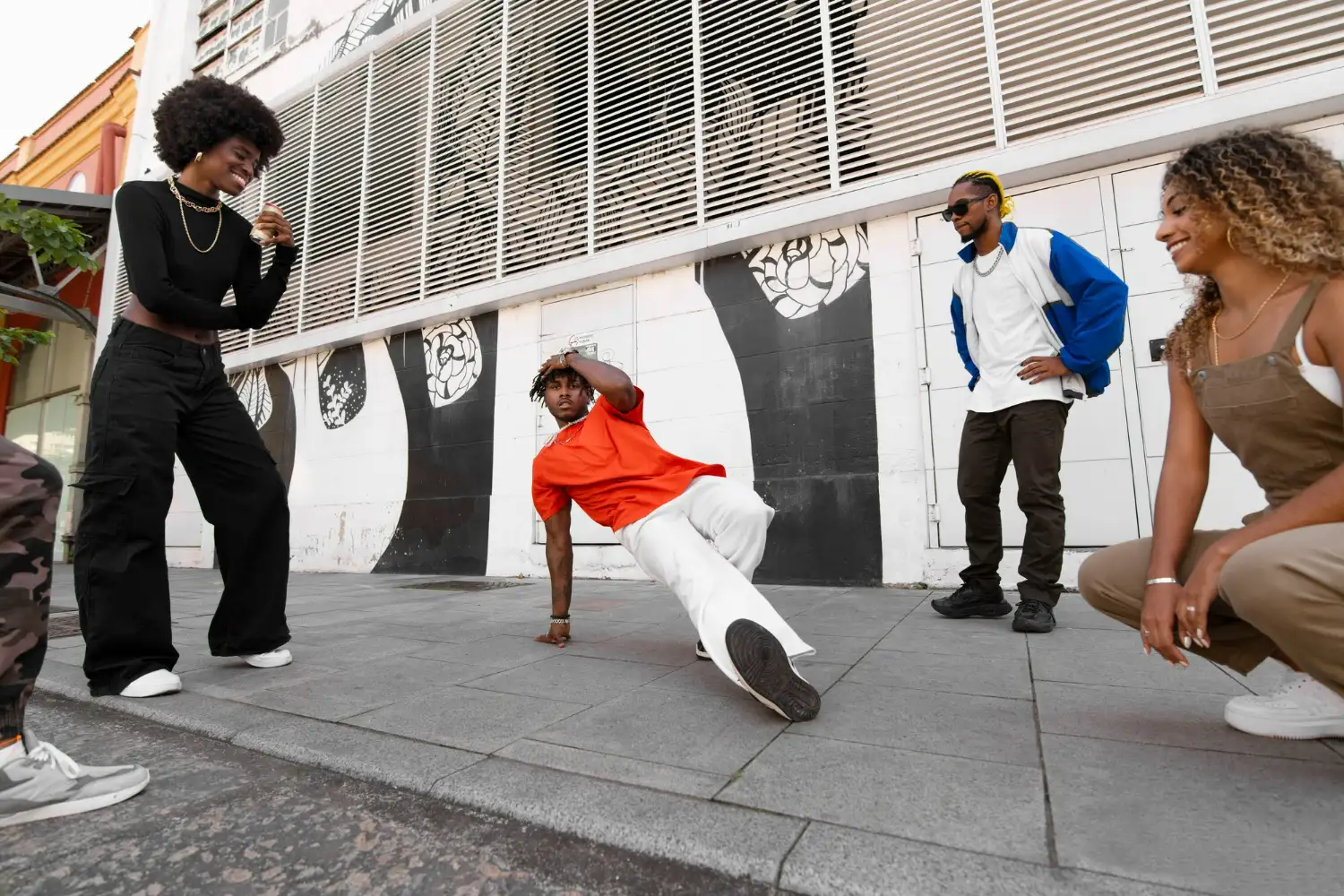
Lifestyles
Hip Hop and Streetwear: The Culture of Style
July 04, 2025